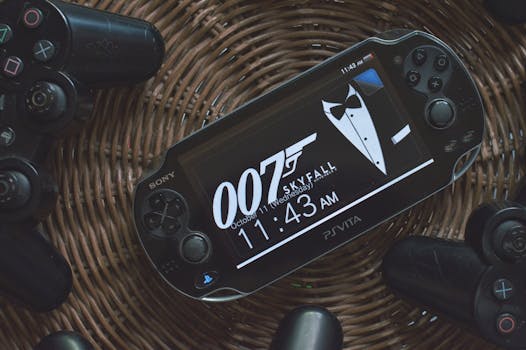Input Lag vs Response Time: What Actually Affects Gaming Feel?
9/23/2025 · Gaming · 6 min

TL;DR
- 'Input lag' is the delay from your action on a device to the game reacting on screen. 'Response time' is how fast the panel changes pixels. Both affect feel but in different ways.
- For competitive gaming, lower input lag matters most. Aim for total system input lag under 20 ms for the best responsiveness.
- Low response time reduces ghosting and motion blur. Fast panels like 1 ms MPRT or low gray-to-gray times are helpful, but real-world results vary.
- Best purchases by priority:
- Competitive shooters: 24in 1080p high refresh with low input lag and 144 Hz or higher.
- Fast-paced esports on a budget: prioritize monitors with proven low input lag even if response specs look average.
- Single player and cinematic games: prioritise better response and color accuracy.
Definitions - quick
- Input lag: The full delay from controller or mouse input to the final photons hitting your eye. It includes controller latency, USB polling, OS, game engine, GPU frame time, and monitor processing.
- Response time: How quickly a pixel transitions between colors. Manufacturers quote gray-to-gray or MPRT numbers to indicate pixel change speed.
How They Are Measured
- Input lag measurement typically uses high-speed cameras or specialized tools that compare input timestamps to display updates. Reported values can vary by test setup.
- Response time is measured with oscilloscopes or photodiodes tracking pixel luminance changes. Gray-to-gray numbers can be optimistic; MPRT relates more to perceived motion blur.
Practical Impact
- You can have a monitor with excellent response time but noticeable input lag if display processing adds delay.
- High refresh rates reduce frame time and can lower input lag if the system delivers frames fast enough.
- Motion blur comes from slow response times and sample-and-hold effects. Some monitors use backlight strobing to reduce perceived blur but this can add stutter or reduce brightness.
What to Prioritise
- If you play competitively, prioritise input lag first, then refresh rate, then response time.
- For immersive single player or console play, prioritise response time and color over the last few milliseconds of input lag.
- Balance GPU capability with refresh target. A high refresh rate only helps if your GPU and game settings deliver consistent frame rates.
How to Reduce Input Lag and Motion Issues
- Use wired controllers or a high-quality wired mouse with high polling rate.
- Enable game mode or low latency modes on TVs and monitors to reduce post-processing.
- Use DisplayPort or modern HDMI versions to avoid bandwidth limits and allow higher refresh.
- Turn on adaptive sync to reduce stutter if frame pacing is inconsistent.
- Consider lowering in-game latency options like reduce buffering or enable low-latency modes when available.
Buying Checklist
- Look for measured input lag reviews, not just manufacturer numbers.
- Prioritise higher refresh if you can sustain frame rates.
- Check for low-latency modes and known firmware behaviour in reviews.
- Consider panel type for tradeoffs: TN for speed, IPS for color and reasonable response, VA for contrast but sometimes slower transition.
- Verify ports: DP 1.2+ or HDMI 2.0+ for desired refresh and resolution.
Bottom Line
Low input lag is the most direct factor for feeling responsive in competitive play. Response time affects motion clarity and perceived smear. When choosing a monitor, look for third party measurements, enable low-latency modes, and match your refresh target to your GPU. A balanced pick with low system input lag and decent response time will feel best for most players.
Found this helpful? Check our curated picks on the home page.